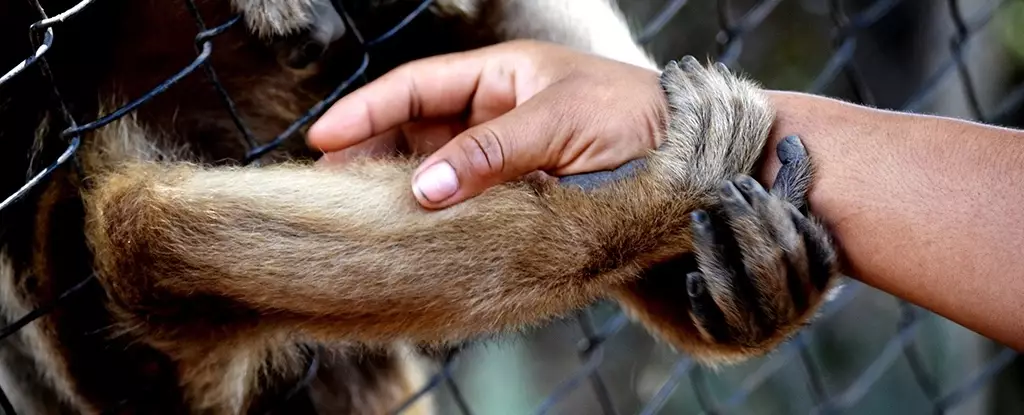The COVID-19 pandemic brought about drastic changes in the daily routines of people worldwide, including zoo animals. A study conducted in 2022 shed light on how primates in particular, such as bonobos, chimpanzees, western lowland gorillas, and olive baboons, reacted to the absence of crowds of visitors in their enclosures. According to researchers, visitor interactions play a crucial role in the welfare of zoo animals. However, these interactions can have both positive and negative effects on the animals.
Researchers observed significant shifts in the behavior of zoo animals during the lockdown period. Bonobos and gorillas were found to spend less time alone as visitors returned to the zoo. Chimpanzees showed increased eating habits and engagement with their enclosures when zoos reopened. On the other hand, olive baboons in the safari park exhibited less sexual and dominance behavior in the presence of visitors. Interestingly, they also approached visitor cars more frequently compared to ranger vehicles during the closure period.
While some changes in animal behavior could be viewed as positive, such as increased interaction among certain species, researchers also noted potential disruptions caused by visitor presence. For instance, the gorillas, known for being more sedentary animals, spent less time resting when crowds were around. However, the fact that the animals altered their enclosure use in response to visitors indicates their ability to adapt to changing environments. This adaptability is essential for the welfare of zoo species.
The study highlighted the importance of understanding how visitor numbers and interactions affect the behavior of zoo animals. Researchers identified a threshold for olive baboons, beyond which the animals stopped becoming increasingly active in response to passing cars in the safari park. This data is valuable for animal welfare researchers, who must consider the various impacts visitors can have on wildlife. Moving forward, it is crucial to incorporate these findings into the management and design of zoos and parks to promote the well-being of the animals.
As the world looks ahead to a post-pandemic future, the research team aims to continue studying how visitor numbers influence animal behavior. Future studies may involve a broader range of species in both zoos and safari parks, as well as individual differences among animals. By collecting data over an extended period, researchers hope to gain a more comprehensive understanding of the effects of visitor interactions on zoo animals. This ongoing research will contribute to the ongoing efforts to improve animal welfare in captivity.

Leave a Reply